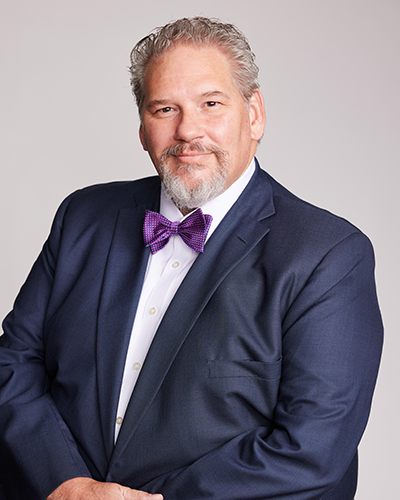Proper Fit, Safer Workplaces: New PPE Rule Takes Effect January 15, 2025
Workplace safety takes a significant step forward as a new Personal Protective Equipment (PPE) rule goes into effect on January 15, 2025. This regulation emphasizes the importance of proper fit when it comes to PPE, ensuring that workers are adequately protected in hazardous environments. By prioritizing fit alongside function, the rule aims to reduce workplace injuries, enhance comfort, and promote a culture of safety across industries. Here’s what you need to know about this pivotal update and how it impacts employers and employees alike.
§ 1926.95 Criteria for personal protective equipment.
(c) Design and selection. Employers must ensure that all personal protective equipment:
- (1) Is of safe design and construction for the work to be performed; and
- (2) Is selected to ensure that it properly fits each affected employee.
Large or Small, PPE MUST FIT
OSHA finalized its revision to its personal protective equipment standard for construction to explicitly require that the equipment must fit properly. This rule becomes effective January 15, 2025.
Section 6(b)(7) of the OSH Act, 29 U.S.C. 655(b)(7), authorizes OSHA to include requirements for protective equipment within its safety and health standards. Employees wear PPE to minimize exposure to hazards that can cause severe injuries and illnesses in the workplace. These injuries and illnesses may result from contact with chemical, radiological, physical, electrical, mechanical, or other hazards. PPE includes many different types of protective equipment, such as hard hats, gloves, goggles, safety shoes, safety glasses, welding helmets and goggles, hearing protection devices, respirators, coveralls, vests, harnesses, and full body suits.
I know this is somewhat obvious and you don’t need to be reminded, but the folks out in the field often overlook the importance of properly fitted PPE. I have seen too many instances of injuries that were caused by ill fitted hard hats, goggles, gloves, and FRC.
If PPE does not fit properly, it can make the difference between an employee being safely protected, having inadequate protection, or being dangerously exposed.
In some cases, ill-fitting PPE may not protect an employee at all, and in other cases it may present additional hazards to that employee and to employees who work around them. For example, sleeves of protective clothing that are too long or gloves that do not fit properly may make it difficult to use tools or operate equipment, putting the wearer and other workers at risk of exposure to hazards, or may get caught in machinery, resulting in injuries to the wearer such as fractures or amputations. The legs of protective garments that are too long could cause tripping hazards for the worker with the improperly fitting PPE and could also impact others working near that worker. Protective clothing that is too small may increase a worker’s exposure to hazards by, for example, providing insufficient coverage from dangerous machinery or hazardous substances.
The issue of improperly fitting PPE is particularly important for different sized workers. Standard-size PPE doesn’t accommodate varying body sizes or shapes. After January 15, don’t let this issue result in a citation or even worse – an injury.
If you have any questions or would like to schedule a consultation to discuss how these updates may impact your business, please don’t hesitate to contact Patrick Garner.
